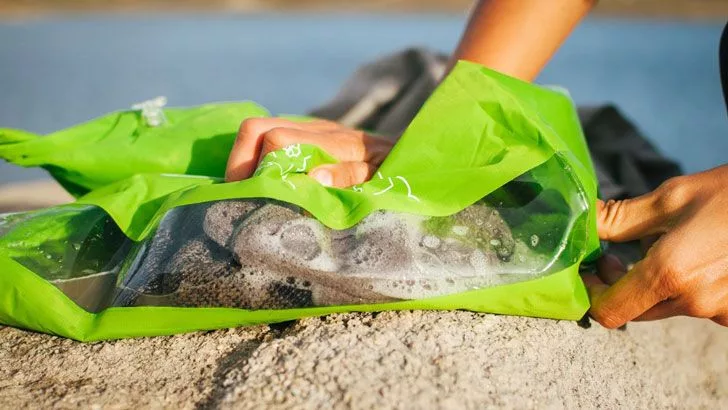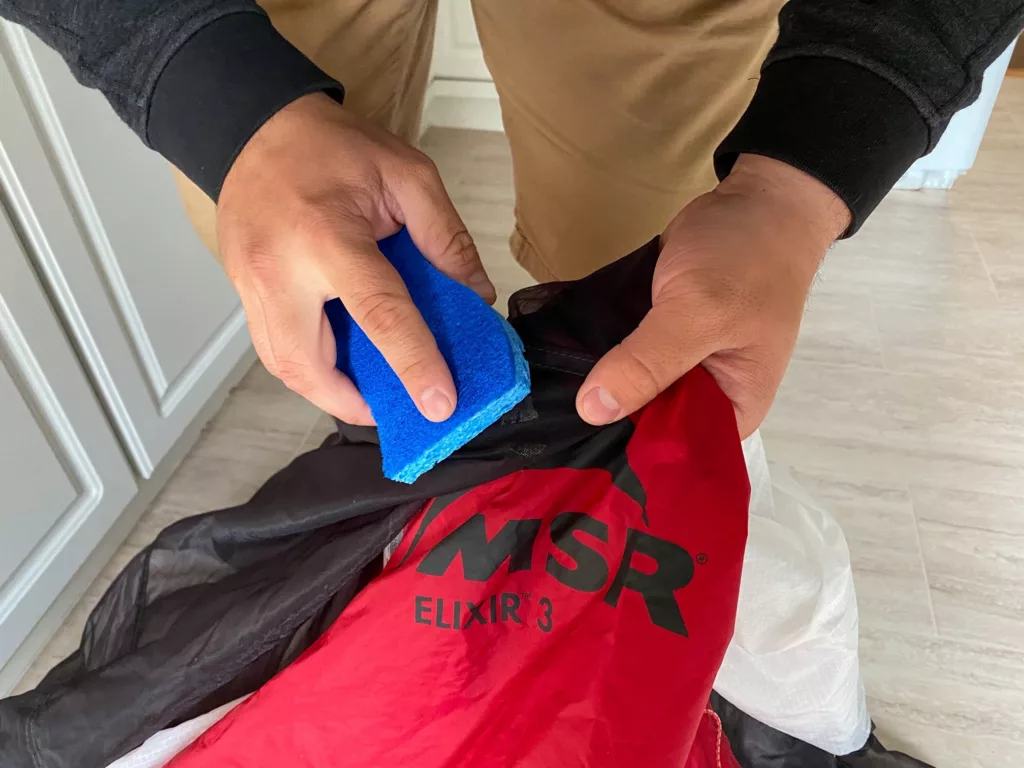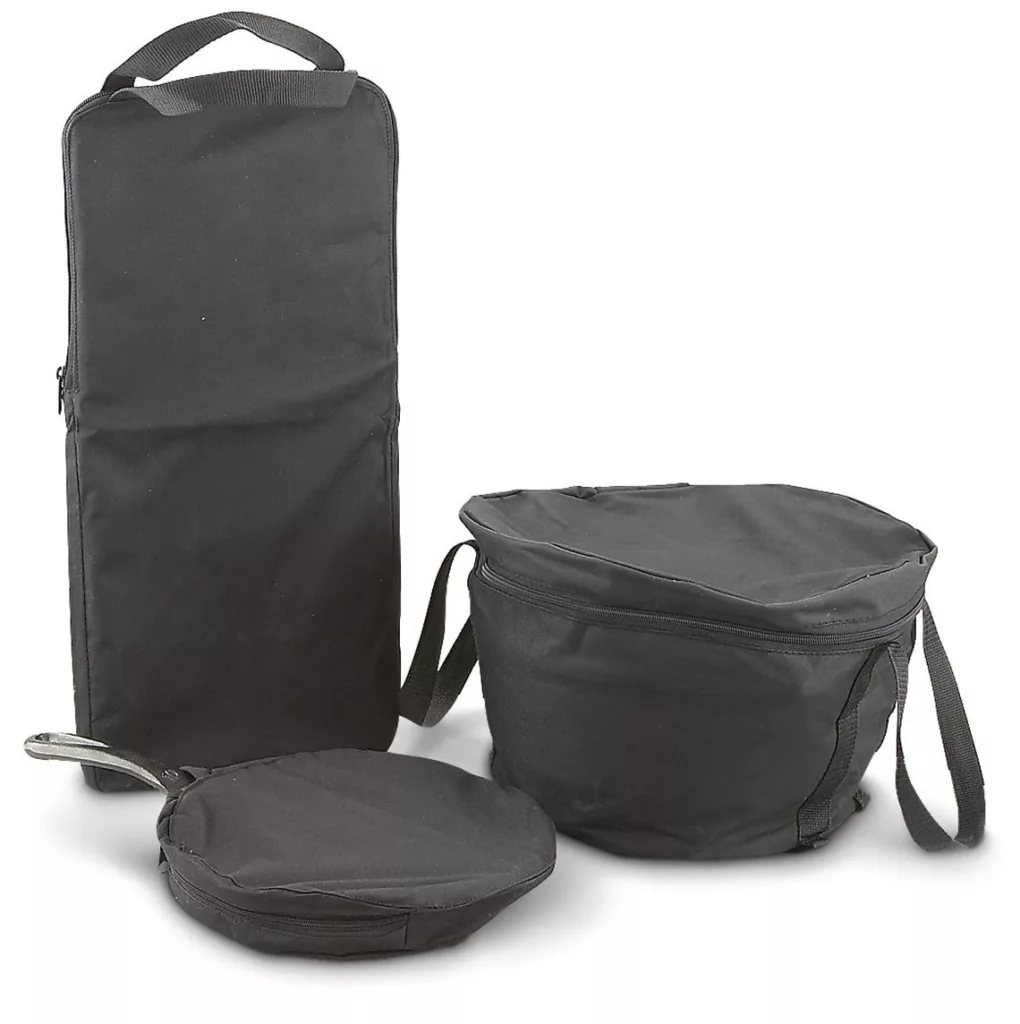How to Clean and Maintain Your Camping Gear
As an avid outdoorsman, you know that investing in quality camping gear is essential for a great outdoor experience. However, to ensure your gear lasts many years and performs at its best, proper cleaning and maintenance are crucial. Here’s a comprehensive guide on how to clean and maintain your camping gear.

Importance of Cleaning and Maintaining Camping Gear
Proper care of your camping gear is not just about cleanliness; it’s about longevity and performance. By following the correct steps for cleaning and storage, you can:
- Ensure your gear remains functional and reliable.
- Avoid unnecessary replacements, saving you money in the long run.
- Maintain the quality and integrity of your gear, ensuring it’s ready for your next adventure.
General Tips for Gear Maintenance
- Clean and dry your gear thoroughly before storing: Dampness can lead to mold, mildew, and material degradation over time.
- Store in a dry, temperature-controlled environment: Avoid damp or humid areas, such as garages, which can damage your gear.

Drying Your Gear
Tent:
- At the campsite: Often wet or damp from dew or condensation, it’s best to dry your tent in the sun before packing it away.
- At home: If drying at the campsite isn’t possible, use your backyard, a pull-up bar, shower curtain rod, or even an office chair to ensure it’s fully dry.
Sleeping Bag and Hammock:
- Ensure they are fully dry before storage to prevent mold and mildew.
Storing Camp Kitchen Gear & Pantry Bins

Pantry Bin:
- Remove open/perishable foods: Check for and discard expired items.
- Restock: Make sure to replace consumed items and deep clean the bin periodically to keep it hygienic.
Camp Kitchen Gear Bin:
- Cleanliness: Ensure all utensils, plates, and other items are clean and dry.
- Organization: Keeping your gear organized saves space and makes it easy to find what you need. Stackable bins are especially useful for this purpose.
Storing a Camping Stove, Cooler, and Water Jug
Camping Stove:
- Cleanliness: Wipe down your stove to remove any food buildup and grease.
Cooler:
- Empty and wipe: Remove all food and wipe down the inside. Store it open to allow air circulation and prevent odors.
Water Jug:
- Empty and dry: Make sure it’s completely empty and leave it uncapped to dry thoroughly, preventing mold growth.
Optimal Storage Locations
- Avoid damp, musty environments: These can accelerate the deterioration of your gear.
- Prefer dry, temperature-controlled spaces: Closets are ideal, as they protect your gear from extreme temperatures and humidity.
Storage for Small Spaces
- Utilize closets or shelves: In small living spaces, closets or dedicated shelves in a controlled environment work well.
- Organizational shelves: Consider investing in organizational shelves to maximize your storage space.
Special Note on Sleeping Bags
- Avoid long-term compression: Storing sleeping bags compressed can reduce their loft and insulation effectiveness.
- Storage solutions: Use a large pillowcase or laundry bag for storage to maintain their fluffiness and performance.
Deeper Cleaning
Tent:
- Shake out dirt: Avoid washing unless absolutely necessary. Simply shaking out the dirt can often suffice.
Sleeping Bag:
- Occasional cleaning: Follow the specific cleaning instructions, especially for down sleeping bags, to maintain their insulation properties.
Additional Support
Have any questions about storing and cleaning your camping gear? Comment below, and I’ll be happy to help you keep your gear in top condition!
By following these guidelines, you’ll ensure your camping gear remains in excellent condition, ready for your next outdoor adventure. Happy camping!
** Here’s a little transparency. Our website contains affiliate links. This means if you click and purchase, we may receive a small commission. Don’t worry, there’s no extra cost to you. It is a simple way you can help support our mission to bring you quality content. **
(As an Amazon Associate, I earn from qualifying purchases)